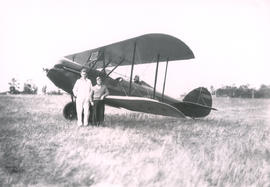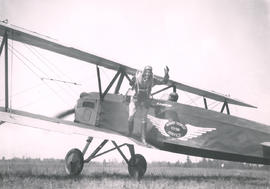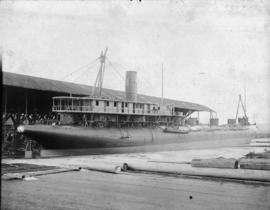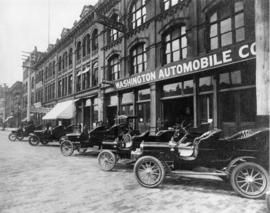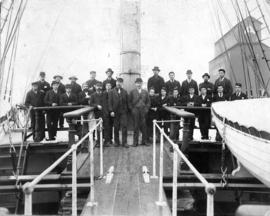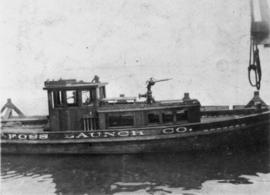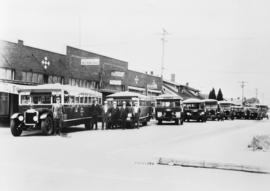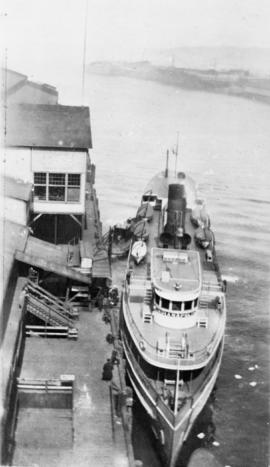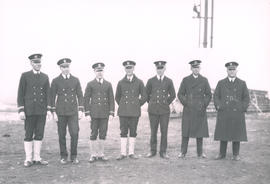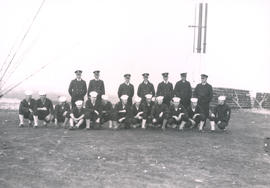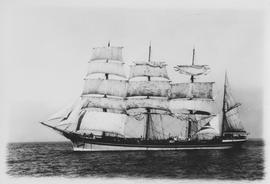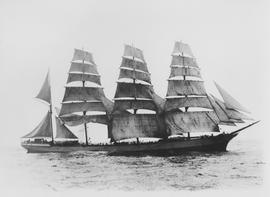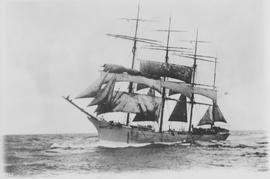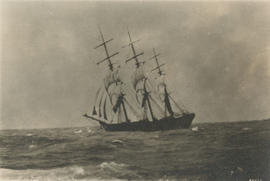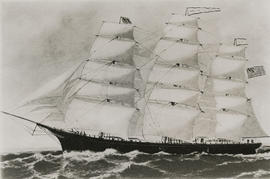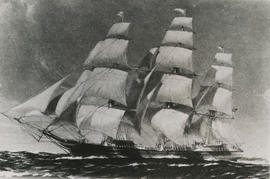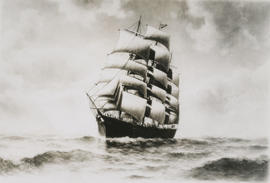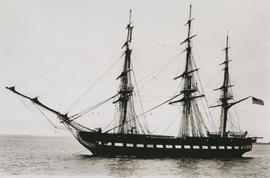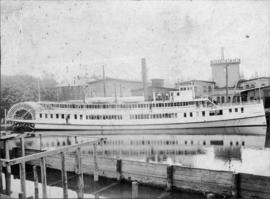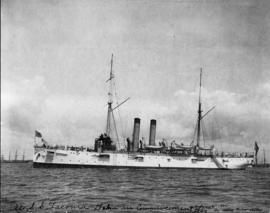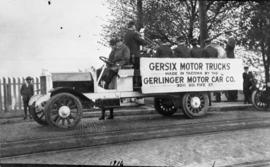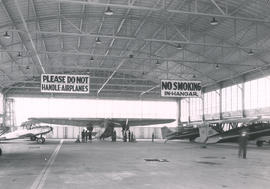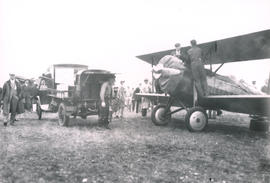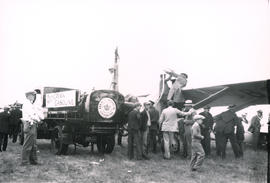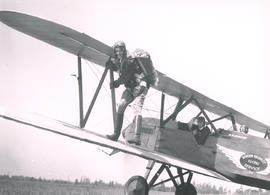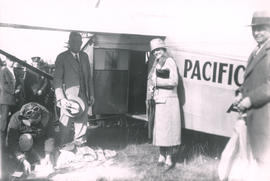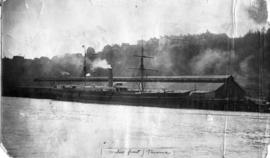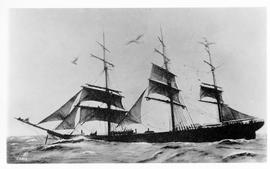ca. 1894. The whaleback steamer "City of Everett" under construction in Everett, Washington, circa 1894. Her revolutionary design, reminiscent of both a cigar with tipped ends and the body of a whale (when fully loaded only the curved part of the hull was above water), was created by Alexander McDougall, a captain on the Great Lakes. He managed to bring forth a vessel that could carry heavy loads but also be fast, cutting through water with little resistance. His body of work totaled 40, 24 barges and 16 steamers, all whalebacks. The "City of Everett," which was launched in 1894 but not completed until 1895, was the only whaleback steamer built in Everett. She measured 346 feet long with a 42-foot beam. Truly a workhorse, she was in service for 29 years, including such memorable trips as sailing to India for famine relief, at which time she became the first American steamer to navigate the Suez Canal and continuing on to Spain, becoming the first American steamship to circumnavigate the world. The "City of Everett" had survived collisions at sea and a fire in port but on October 11, 1923, she went down with all hands during a storm in the Gulf of Mexico. The wreck was not found until September 10, 2010, in 400 feet of water about 150 miles due west of Naples, Florida. The whaleback steamship was nearly intact and appeared to have sunk stern first. (St. Petersburg Times, "Fishermen find big one that didn't get away: a steamship resting miles off Naples," 12-12-2010; Armitage, "Alexander McDougall and the Whaleboat," 6-8-2008)
Steamboats--Everett; Boat & ship industry--Everett;
